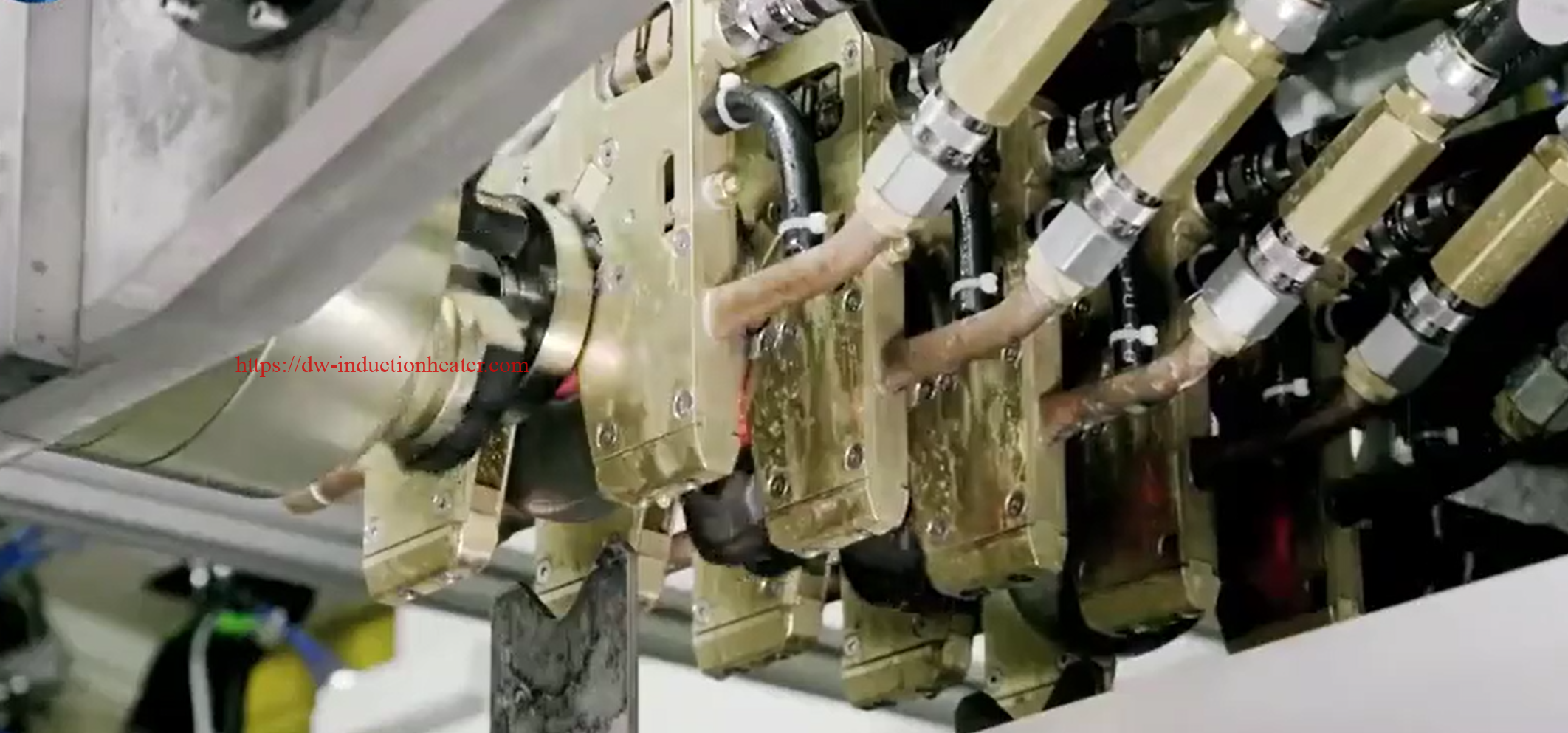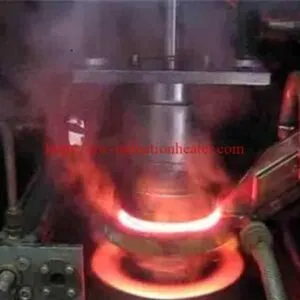-
1/7

-
2/7

-
3/7

-
4/7

-
5/7

-
6/7

Induction Hardening of Crankshafts Machine: Improving Quality and Performance
Induction Hardening of Crankshafts Machine: Improving Quality and Performance
The Induction Hardening of Crankshafts Machine is a specialized piece of equipment used in the manufacturing process of crankshafts. It uses an induction coil to heat the surface of the crankshaft and then rapidly cools it to create a hardened layer. The machine is designed to accommodate a range of crankshaft sizes and geometries, and may include features such as automated loading and unloading, cooling systems, and process monitoring and control. The induction hardening process provides improved wear resistance and fatigue strength, which is essential for the demanding operating conditions of an engine.
Crankshaft machines are a critical component of internal combustion engines, responsible for translating the reciprocating motion of the pistons into rotary motion that drives the vehicle. As such, they are subjected to high stresses and loads, which can cause wear, fatigue, and ultimately failure. To improve their quality and performance, many crankshaft machine manufacturers turn to induction hardening.
Induction hardening is a surface hardening process that involves heating the surface of the crankshaft machine using an induction coil, which generates an alternating magnetic field. The heat generated by the field causes the surface of the crankshaft machine to reach a high temperature, typically above the austenitic temperature range. Once the surface has been heated to the desired temperature, it is rapidly cooled by a water spray or other quenching method. This rapid cooling causes the surface of the crankshaft machine to transform into a hardened, martensitic structure.
The hardened surface layer, which is typically only a few millimeters thick, provides improved wear resistance and fatigue strength, allowing the crankshaft machine to withstand the high stresses and loads encountered during engine operation. This can result in longer service life, reduced maintenance costs, and improved performance.
Induction hardening can be used on a variety of crankshaft machine materials, including low- and high-carbon steels and alloy steels. It is particularly useful for high-performance and heavy-duty crankshaft machines, which operate under extreme conditions, with high temperatures, pressures, and loads, making them especially prone to wear and fatigue. Induction hardening can help to improve the quality and performance of these machines, allowing them to operate more efficiently and reliably.
Induction hardening of crankshafts is a process that involves the use of high frequency electricity to heat up specific areas of the crankshaft, followed by rapid cooling. This process creates a hardened surface layer that is more durable and resistant to wear and tear. Induction hardening of crankshafts machines are designed specifically for this process, using advanced technology to heat the crankshaft precisely and uniformly. This not only improves the durability and performance of the crankshaft, but also reduces the need for maintenance and repairs over time. If you’re looking to improve the longevity and efficiency of your crankshafts, induction hardening may be the solution you need.
In addition to its practical benefits, induction hardening is also an environmentally friendly process. Unlike other surface hardening methods, such as carburizing and nitriding, it does not involve the use of toxic chemicals or generate hazardous waste products.
In conclusion, induction hardening is a proven surface hardening process that can significantly improve the quality and performance of crankshaft machines. By providing improved wear resistance and fatigue strength, it can help to extend the service life of these critical components, reduce maintenance costs, and improve overall machine performance. With its many practical benefits and environmentally friendly nature, it is an ideal choice for crankshaft machine manufacturers looking to improve the reliability and efficiency of their products.




